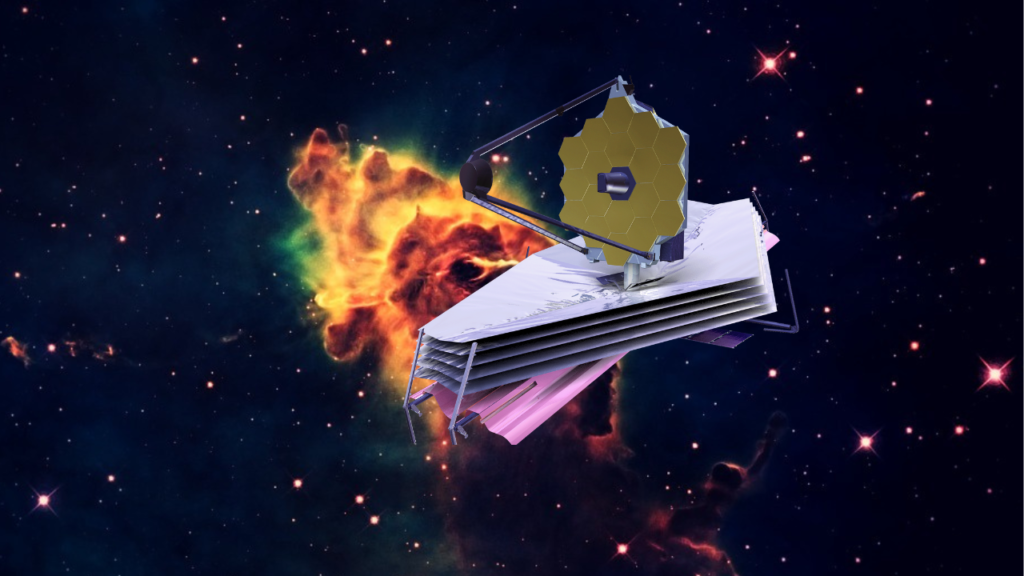A team of space scientists affiliated with several institutions in Czechia, Japan and the U.S. has found evidence of lightning pulses on Jupiter that are similar to those found on Earth. In their study, reported in the journal Nature Communications, the group examined years of data from the Juno space probe circling Jupiter.
Juno, the NASA space probe, was launched in 2011 and entered a polar orbit around Jupiter in 2016. Since that time it has been orbiting the planet, sending back a constant stream of data from its onboard sensors. Its main mission has been to gain more accurate measurements of Jupiter’s gravitational and magnetic fields and to collect data regarding its polar magnetism. Other sensors have been collecting information regarding the planet’s atmosphere and wind patterns.
In this new effort, the research team analyzed radio data collected by the probe over a five-year period that could be associated with lightning strikes within its clouds. They discovered that bolts tend to pulse through clouds in ways similar to intracloud bolts on Earth (at approximately 1 millisecond intervals). They also found that the bolts tend to extend through clouds at a velocity similar to bolts on Earth. They compare lightning strike dynamics on both planets to a winded human biker traveling up a mountain who pauses following a given step to catch her breath before beginning another step. The group also found evidence that such bolts might branch and extend in ways similar to bolts on Earth. They suggest that if that is the case, it could have implications for scientists looking for life on other more habitable planets.
Prior research has shown that lightning on Earth occurs due to turbulence forcing ice and water droplets together—the resulting friction generates a charge that is released when the water and ice wind up on opposite sides of a cloud. The new findings suggest that a similar process is likely at work on Jupiter. The research team notes that they were not surprised by their findings—the physics for discharging clouds, they note, should be very much the same, regardless of the planet on which they occur.



